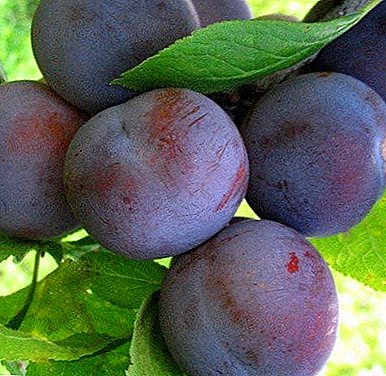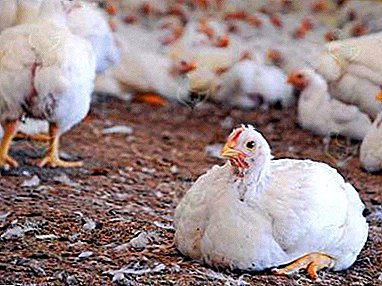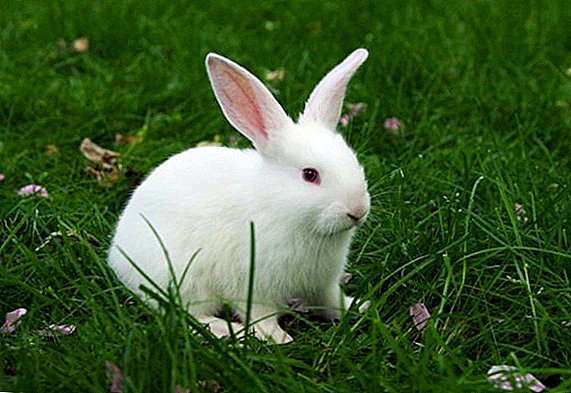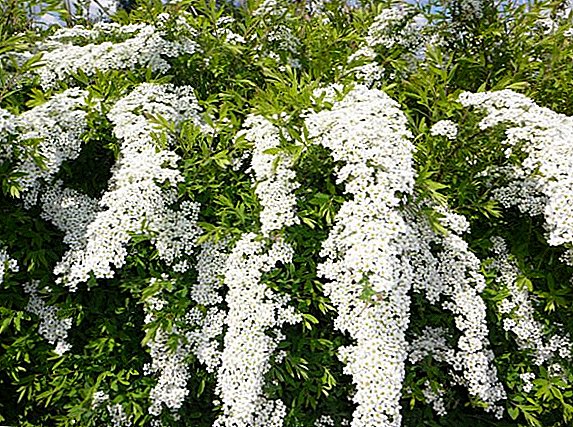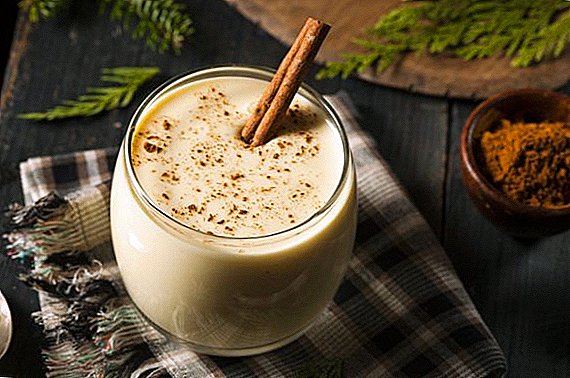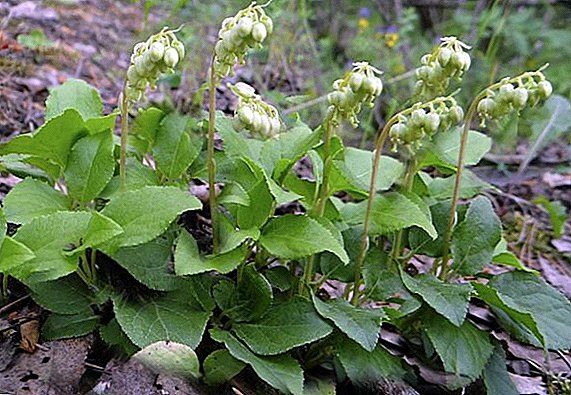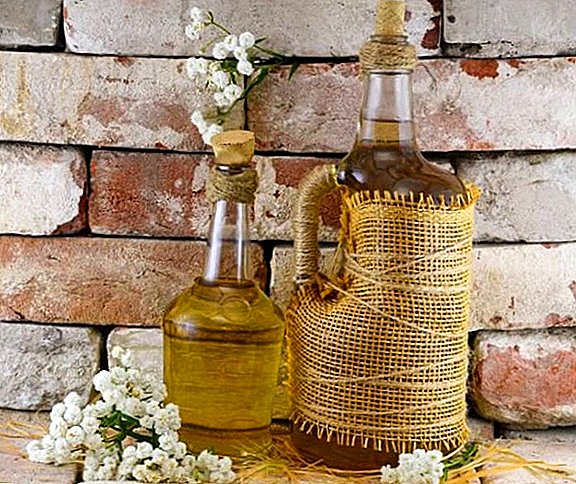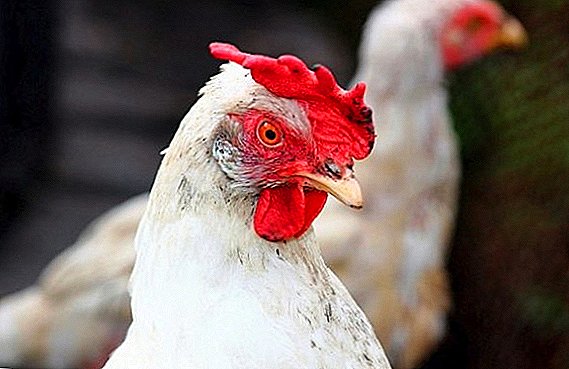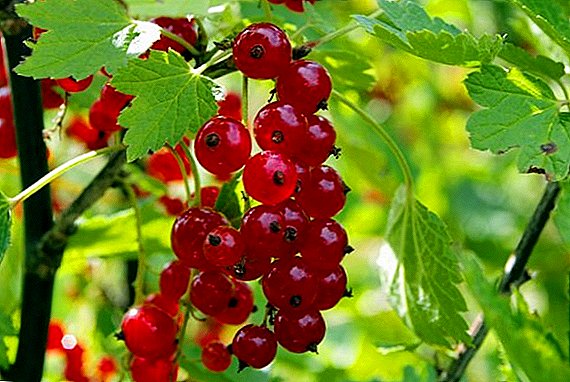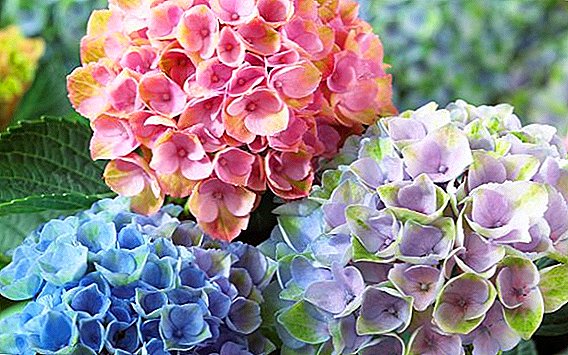 Bushes hydrangeas unlikely to leave anyone indifferent. In ornamental gardening, this plant is valued for a huge variety of inflorescence shapes, a wide color palette, enchanting emerald green, large leaves, incredible simplicity and generous flowering. You can talk about hydrangeas for hours, and ultimately understand that you never touched the most important. The bushes are especially delightful in the fall, when you can contemplate flowers, buds, leaves of different color and seed boxes on one plant at the same time. Let's see with you what types of hydrangeas are and which ones are considered the most popular. And also consider what different types of hydrangea look like.
Bushes hydrangeas unlikely to leave anyone indifferent. In ornamental gardening, this plant is valued for a huge variety of inflorescence shapes, a wide color palette, enchanting emerald green, large leaves, incredible simplicity and generous flowering. You can talk about hydrangeas for hours, and ultimately understand that you never touched the most important. The bushes are especially delightful in the fall, when you can contemplate flowers, buds, leaves of different color and seed boxes on one plant at the same time. Let's see with you what types of hydrangeas are and which ones are considered the most popular. And also consider what different types of hydrangea look like.
Hydrangea paniculata
Hortensia paniculata can be found in its natural environment in the southern part of Sakhalin Island, Japan and China. Hortensia is a light-loving mesophyte, and therefore it grows in coppice oak forests or on forest edges. It is a shrub or low tree up to 10 meters high, forming a rounded dense crown. Hortensia has leaves that have a more pronounced downward pubescence.
The flowers of the plant are gathered in broad-pyramidal dense haired panicles, reaching a depth of 25 cm in length. Infertile flowers are large, up to 2.5 cm in diameter, formed by white petals, which eventually turn pink. Fruiting flowers - white, smaller, with early falling petals. The plant begins to bloom and bear fruit at the age of five. Hydrangea attracts plant growers with a long flowering period and luxurious decorative characteristics.
Important! When buying a hydrangea, you must take a responsible approach to the choice of planting material, since most diseases are transmitted through seedlings. The fact is that young plants have a weaker immunity, which makes them susceptible to various infections. Infection of hydrangea with phytoinfections contributes to the strong thickening of the seedlings and its long-term cultivation in conditions of high humidity.
Shrubs bloom in mid-June and bloom until the middle, or even until the end of October. A fruit - a box up to 3 mm long. Seeds are small, numerous, ripening until mid-October and possessing a viability of up to 95%. Hydrangea can tolerate frosts up to -25 ° C, which allows it to grow successfully in temperate climates. It grows better on fertile soils and is highly gas resistant, which allows it to be successfully grown in urban environments. In a comfortable environment, the plant can reach sixty years of age. Gardeners prefer to grow varieties of hydrangea paniculate, with large, emitting a pleasant aroma of flowers.
The most popular varieties of hydrangea paniculata:
- "Matilda" - it is a shrub reaching a height of up to 2 meters and having a crown width of up to 3 meters. The plant has a rounded crown formed by dull-green leaves, from 7 to 15 cm long. During flowering, the plant is covered with large cream-white flowers, which then turn pink, and during the flowering period - greenish-red. Flowers are collected in inflorescences, reaching a length of 25 cm.
- "Kyushu" - shrub, reaching a height of about 3 meters and having a fan-shaped crown of the same diameter. On the bushes formed hard upright shoots of red-brown color. Its leaves have a dark green color and red stalks. During the flowering period, the hydrangea becomes covered with white, emitting a pleasant aroma with large flowers, gathered in wide and fairly massive inflorescences. The grade differs in the increased frost resistance.
- "Yunik" is a bush, reaching up to 3 meters in height and width, covered with emerald-green leaves in autumn and spring. During the flowering period, the bush is covered with white, and during the flowering period, pink flowers, collected in large and long, up to 25 cm, inflorescences. The variety has a long and abundant flowering.
Tree hydrangea
Tree hydrangea is from North America. The plant is a bush with a height of 1 to 3 meters, having a rounded crown formed by weakly shoots and bare leaves from the underside, which makes it easy to identify this type of hydrangea. The upper side of the leaves has a rich dark green, and the bottom - a bluish color. The plant is covered with white barren flowers about 2 cm in diameter, collected in complex umbrella-shaped inflorescences.
Did you know? The bark of a hydrangea tree can peel off at once in several layers arranged in succession, which gave the name to the form "seven cor".
The plant begins to bloom upon reaching the age of four years. Tree hydrangea is characterized by a long flowering period, which lasts from July to the end of October. The type is characterized by increased resistance to frost and the ability to tolerate a decrease in temperature to -30 ° C. The plant is characterized by high regenerative abilities, with a single freezing of the branches, their fast recovery is observed. Hydrangea tree will only grow well on fertile soils, not capricious, but rather demanding for irrigation.
Hortensia Bretschneider
Hortensia Bretschneider in nature grows in mountainous and mixed forests of northern China. It is a deciduous shrub with a wide-round crown, reaching a height of 3 meters. The bush has a reddish-brown shoots, covered with delicate trichomes and peeled loose bark plates. It possesses ovate-elliptical or ovate, pointed, with a wedge-shaped base, dark green leaves, naked from above, and covered with weak pubescence from below.
The leaves of the species become yellow-brown in autumn. Barren flowers first have a white, and later reddish or purple color and are collected in wide umbrella-like inflorescences, reaching up to 16 cm in diameter. Hortensia Brettshnydera blooms in July and blooms until mid-October. This is the most drought-resistant and winter-hardy species, capable of withstanding a decrease in temperature of more than -30 ° C. Bushes are distinguished by high decorative qualities, due to which they are actively used in landscape design in group and single plantings.
Dubolis hydrangea
The bushes of the oak-leaved hydrangea have high decorative characteristics, so that they can easily become the main decoration of the garden. North America is considered the birthplace of the species. Despite the excellent external data, culture has not yet received wide distribution in our country.
Important! In the colors of hydrangea lurks grave danger. When eating flowers or leaves of plants in food will inevitably be followed by nausea, vomiting, weakness, itchy skin and sweating, and in particularly difficult cases - convulsions and death. The thing is that hydrangea contains the strongest poison, capable even in insignificant doses to have a destructive effect on the human body.
Dubolina hydrangea is resistant to adverse environmental conditions, which allows it to quickly adapt to any weather conditions. Plants are large deciduous bushes, which in comfortable conditions can reach a height of 2 meters. During the growing season, it is covered with textured large seven-blade leaves, shaped like oak leaves and about 25 cm long. Young shoots and leaves are covered with thin white trichomes, which degrade as the bush grows and eventually disappear, remaining only on back side.
In the summer on bushes adorn dark green leaves. With the onset of cold weather, their color changes and changes, becoming crimson, which greatly enhances the decorative qualities of the bushes. During the flowering period, the bushes of the oak-leaved hydrangea become covered with large paniculate inflorescences formed from white cone-shaped flowers. The plant has a straight, lignified trunk. Every year in height bush adds a minimum of 50 cm. Mature plants of this species are characterized by excellent frost resistance, which allows them to tolerate a decrease in temperature to -25 ° C or more.
Young bushes are exposed to low temperatures, and therefore after landing the first five years it is necessary to cover them for the winter. Among domestic gardeners, two varieties of this type are widely popular: "Harmony" and "Applaus". "Harmony" during flowering is covered with large inflorescences with a diameter of about 20 cm, consisting of white or cream flowers. "Applaus" pleases plants reaching a height of up to two meters and covered with huge snow-white inflorescences.
Ashen Hydrangea
Ashen Hydrangea arrived to us from North America. The bush reaches a height of just over 2 meters. Its young shoots are pubescent and covered with wide ovate leaves from 6 to 15 cm in length. At the base of the leaves are rounded, have pointed tops and serrate edge. Their upper side has a bright green color, and the lower one is felted, which gives it a smoky color. Flowers of hydrangea ash collected in inflorescences, having from 5 to 20 cm in diameter. The view perfectly tolerates the winter temperature drop, loves high-quality watering and feeding, as well as loose fertile soils, the acidity of which is 5.5.
Hortensia serrate
The plants of the hydrangea pilchatoy are bushes reaching up to 2.5 meters high and 1.5 meters wide. On the bushes are formed naked and pubescent shoots, covered with elliptical or ovate leaves from 5 to 10 cm in length, pointed at the top and on both sides pressed pubescent.
Did you know? In order to enhance the decorative characteristics of hydrangea, it is necessary to spray bushes with gibberellin water solution at a concentration of 50 mg / l every 7 days. This will allow for larger flowers and more generous flowering.
During the flowering period, blue or white flowers bloom on the bushes, reaching a diameter of 4 to 8 cm and covered with flat or convex bristles. The middle flowers are smaller and have a white, blue or pink color. The acidity of the soil affects the shade of colors. For the winter in the middle lane, the bushes are covered with dry leaves, spruce branches or paper.
Rough hydrangea
Hortense rough came to us from Asia, its bushes can be found in the Himalayas, Central China and Taiwan. Plants of this species are spherical bushes up to 2 meters in diameter and 2 meters in height. The rough hydrangea has a straight branching lignified trunk. During the growing season, it is covered with purple-green oblong pubescent leaves. In the summer, last year's shoots form rounded lilac-blue apical inflorescences consisting of large and small flowers. Bushes grow beautifully on fertile, neutral-acid soil and do not tolerate direct sunlight.
Ground cover hydrangea
A ground cover hydrangea is a deciduous shrub up to 3 meters high, forming a wide-round crown. The species is attributed to the cultures in 1982. The plant produces reddish-brown pubescent shoots that have a peeling flaking bark. The bush is covered with ovate-elliptical or ovate, pointed, wedge-shaped at the base and serrated on the edge of the leaves up to 12 cm in length. On top of the leaves are dark green, and the bottom - blue color. In autumn, the leaves turn yellow-brown.. Barren flowers are white, but by the end of the summer they turn purple or reddish. Flowers are collected in umbrella-shaped wide inflorescences, reaching up to 16 cm in diameter. The species is used for landscaping parks and forest-park zones, in single and group plantings.
Hydrangea raznosherystaya
The name of a hydrangea of a motley or raznoupushennoy, due to the fact that the plant has leaves, the upper and lower side of which differ greatly among themselves: the upper side is darker and slightly pubescent, the lower side has a light green color and more pronounced pubescence. The bush is formed by strong, weakly wilted shoots. When cultivated in favorable conditions, the plant can reach a height of 2 to 3 meters. The bushes are covered with wedge-shaped inflorescences that form on the branches of the first year of life. Hornetsia raznosherystaya can withstand a significant decrease in temperature, which allows it to grow in climatic zones characterized by cold and frosty winters.
Large-leaved hydrangea
Large-leaved hydrangea is a beautiful ornamental shrub, reaching up to 4 meters in height when grown in the subtropical zone. It is easy to assume that the more planted a plant is to the north, the smaller its bushes will be. The culture has upright shoots covered with ovoid bright green leaves. On the bushes form large barren pink flowers with dark carmine strokes. Barren flowers reach a diameter of 3.5 cm, fruiting are smaller and have a white, purple or blue color. On garden forms spherical inflorescences with a diameter of 20 to 25 cm are formed. The hue of flowers depends on the acidity of the soil and its saturation with nutrients. To get the flowers of blue or blue color, you have to once every two weeks to make iron salts in the ground, as well as aluminum alum. The species was reckoned among the cultures in 1790.
Did you know? Hydrangea is unique in that some of its species are able to secrete aluminum from acid soils and accumulate in themselves, which gives its colors a blue or blue color.
Contrary to the generally accepted opinion of the hydrangea capriciousness, those who grew it, argue that it is one of the most unpretentious plants. And given its luxurious appearance, we can say that this plant is quite worthy to become the main decoration of your site.


